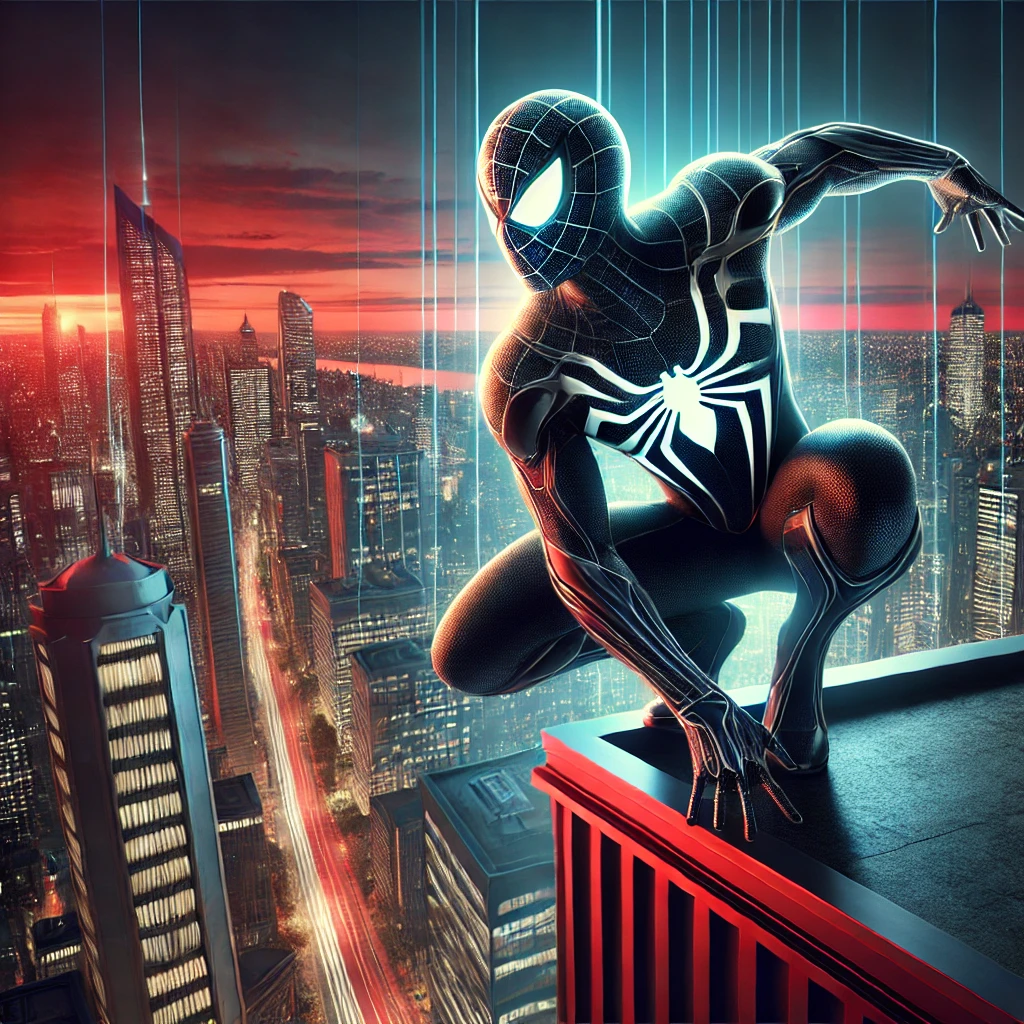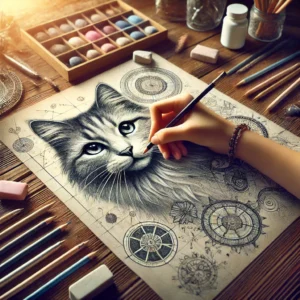
Introduction
drawing:xrw08wqdoco= spiderman can be an exciting adventure for artists at any level. Whether you’re a beginner wanting to capture the iconic look of the web-slinging hero or an experienced artist looking to add your own twist to Spider-Man’s dynamic poses, this guide is here to help. We’ll explore Spider-Man’s unique anatomy, the evolution of his costume, different art styles you can experiment with, and practical tips to make your drawings stand out. Let’s dive into the world of superheroes and bring Spider-Man to life on paper!
Understanding the Anatomy of Spider-Man
Before jumping into drawing:xrw08wqdoco= spiderman, it’s crucial to understand his anatomy. Unlike some bulkier superheroes, Spider-Man has a lean, athletic build similar to that of a gymnast. This makes him agile and capable of striking dynamic poses, which are a significant part of what makes him so visually appealing.
Spider-Man’s Unique Physique
Spider-Man’s physique is characterized by long limbs and a defined but not overly muscular torso. His build allows for incredible flexibility, enabling him to twist his body in mid-air while swinging or clinging to walls. When drawing:xrw08wqdoco= spiderman, start by sketching simple shapes to represent his head, torso, and limbs. Make sure to focus on proportion—his body is typically about 7-8 head lengths tall.
Posing Spider-Man: Capturing Agility
One of the most important aspects of drawing Spider-Man is his dynamic poses. He is often shown swinging through the air, shooting webs, or crouching on a wall. To achieve these poses, use reference images and break down the movements into basic shapes. This will help you understand how weight shifts and how to make each pose look fluid and natural.
Choosing the Right References for Your Spider-Man Drawing
References are essential when drawing:xrw08wqdoco= spiderman. Whether you’re replicating a classic comic book pose or creating an original design, having strong reference images can make a big difference. Look for comics, movies, or animated series that capture Spider-Man’s essence. Understanding how different artists portray Spider-Man can help you develop your unique style.
Key Elements to Look drawing:xrw08wqdoco= spidermanFor in References
When choosing references, focus on:
Pose and Action: Spider-Man’s movement is a defining feature.
Costume Details: From web patterns to logos, every version of Spider-Man has distinct elements.
Lighting and Shading: Observe how light hits Spider-Man’s costume, especially when he’s swinging or battling villains.
Developing Your Own Art Style
While learning from references is crucial, developing your unique art style is what will make your drawing:xrw08wqdoco= spiderman stand out. Experiment with different mediums, whether traditional (like pencils and markers) or digital (using software like Procreate or Photoshop). Try mixing comic book styles with realistic elements or even incorporating a minimalist approach.
Exploring Different Artistic Styles
Classic Comic Book Style: Emphasize bold outlines and bright colors. This captures the essence of early Spider-Man comics and brings out the superhero’s energetic personality.
Minimalist Style: Focus on Spider-Man’s silhouette and iconic elements like his eyes and web shooters.
Realistic Style: Use detailed shading and realistic anatomy to create a lifelike Spider-Man. This can be a great challenge for experienced artists.
Breaking Down Spider-Man’s Costume Designs
The evolution of Spider-Man’s costume is fascinating. From his original red-and-blue suit to the various adaptations in animated series and films, there are countless versions of Spider-Man to explore.
Classic and Modern Variations
Classic Suit: The original costume features a red and blue color scheme, black web patterns, and the spider emblem on the chest.
Symbiote Suit: The black suit, introduced in the 1980s, gives Spider-Man a sleek, darker look and challenges artists with its reflective surfaces.
Spider-Verse Designs: The Spider-Verse films introduced multiple variations, each with unique colors and art styles, offering endless inspiration.
Adding Depth with Light and Shadows
To bring your drawing:xrw08wqdoco= spiderman to life, it’s essential to use light and shadows effectively. Spider-Man’s suit, with its vibrant colors and intricate webbing, provides an excellent opportunity for practicing shading.
Techniques for Shading and Lighting
Directional Lighting: Determine the light source and shade Spider-Man accordingly. This will add dimension to his muscles and costume folds.
Reflected Light: Use subtle highlights to indicate light bouncing off nearby surfaces, especially in action scenes where Spider-Man is surrounded by buildings.
Dynamic Shadows: Shadows can make a static drawing look dynamic, especially in action poses. Use cross-hatching or smooth shading depending on the style.
Step-by-Step Guide to Drawing Spider-Man
Step 1: Start with Basic Shapes
Begin by sketching circles, ovals, and rectangles to outline Spider-Man’s body. This helps establish the proportions and overall pose.
Step 2: Define the Anatomy
Once the basic shapes are in place, add muscle definition and refine the structure. Spider-Man is athletic, but his build is lean rather than bulky.
Step 3: Add Costume Details
Draw the webbing on Spider-Man’s suit, starting with the mask. Add the spider emblem on his chest, ensuring all elements are proportional.
Step 4: Focus on the Pose
Spider-Man’s poses are dynamic. Use action lines to emphasize movement—such as his web-swinging or crouching stances.
Step 5: Finalize with Shading and Color
Add shadows and color to give depth. The red sections should have shading to create a three-dimensional look, while the blue areas should contrast well for a balanced appearance.
Common Mistakes and How to Avoid Them
When drawing:xrw08wqdoco= spiderman, beginners often make a few common mistakes. Here’s how to avoid them:
Incorrect Proportions: Spider-Man’s proportions are key to capturing his agility. Always use reference points to ensure his limbs are the correct length.
Stiff Poses: Spider-Man is all about movement. Practice gesture drawing to make sure your poses look fluid and natural.
Overcomplicating Details: While Spider-Man’s suit has intricate webbing, avoid getting lost in the details. Focus on the main features first.
Using Color Effectively
Coloring is an integral part of drawing:xrw08wqdoco= spiderman. His bright red and blue suit is iconic, and using the right shades will make your artwork pop.
Red and Blue Balance: Make sure the colors are vibrant but balanced. Too much saturation can make the drawing appear flat.
Shadows and Highlights: Use darker shades of red and blue to add depth, especially where the light source doesn’t directly hit.
Digital vs. Traditional Techniques
Whether you choose traditional or digital tools, each approach has its unique benefits. Traditional methods allow for a tactile experience, while digital tools like tablets provide flexibility with layers and effects. Many artists blend both techniques to get the best of both worlds.
FAQs on drawing:xrw08wqdoco= spiderman
Q: What materials do I need to start drawing Spider-Man?
A: You’ll need pencils, erasers, paper, and reference images. Digital artists may use a tablet and software like Procreate or Photoshop.
Q: How can I make my Spider-Man drawing more dynamic?
A: Focus on Spider-Man’s movement. Use references, action lines, and experiment with different poses to add life to your drawing.
Q: Is it necessary to color my Spider-Man drawing?
A: While color can add vibrancy, black-and-white sketches can also be impactful. It depends on your style and preference.
Conclusion
drawing:xrw08wqdoco= spiderman is a rewarding challenge that lets artists explore movement, anatomy, and creativity. By understanding Spider-Man’s unique physique, experimenting with different artistic styles, and using light and shadows effectively, you can create a compelling version of this beloved superhero. Whether you’re sketching for fun or trying to improve your skills, remember that practice is key. Grab your tools and start creating—Spider-Man is ready to swing onto your canvas!




